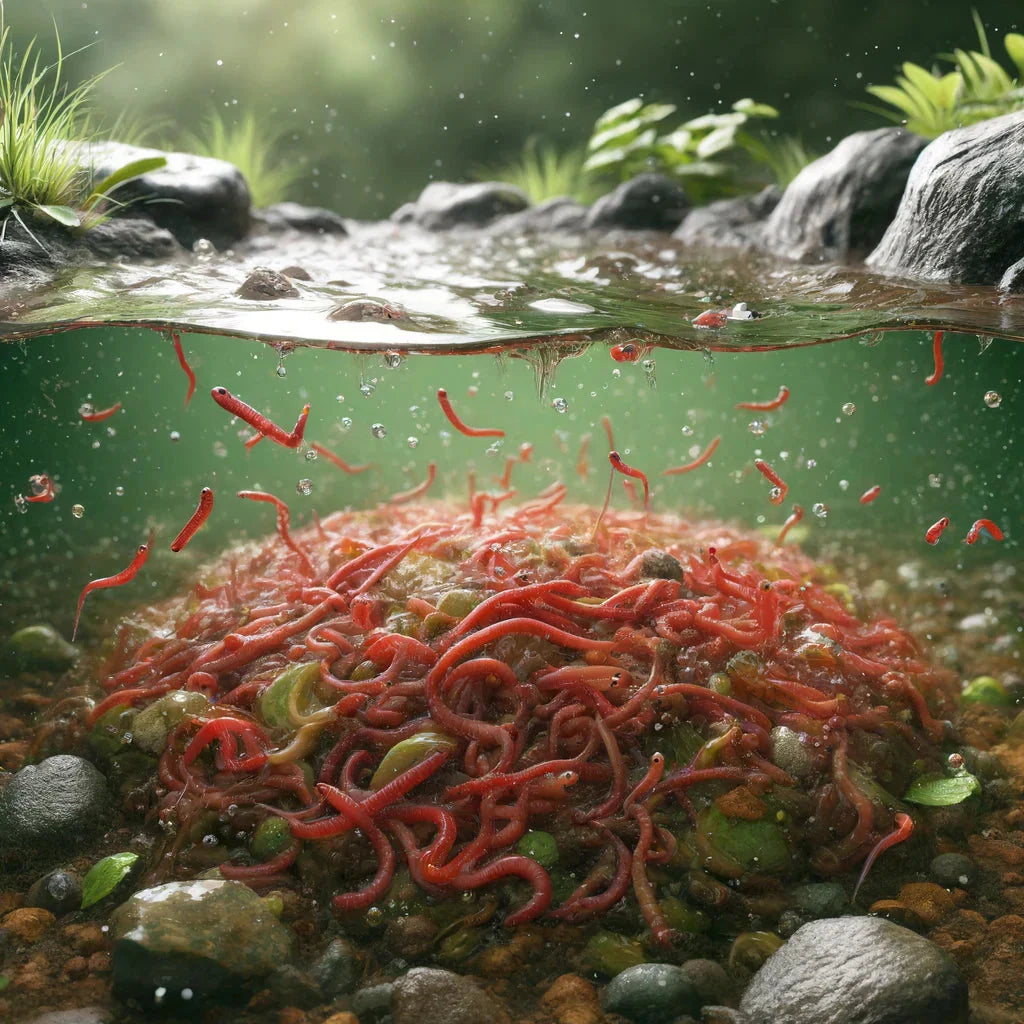Proven composting red wigglers: Expand your worm farm
Proven composting red wigglers: Expand your worm farm
Blog Article
Everything You Need to Find Out About Red Wigglers for Composting
Red wigglers, or Eisenia fetida, play a critical function in the world of composting, transforming organic waste right into beneficial dirt changes. The process of establishing up a worm bin and maintaining it can posture obstacles.
What Are Red Wigglers?

(red wigglers)
Indigenous to The United States and copyright, red wigglers are surface-dwelling microorganisms that like wet, cozy habitats rich in decomposing organic issue. Their diet regimen is composed largely of decaying plant material, food scraps, and other natural particles, which they take in and break down efficiently. As they absorb this product, they create nutrient-rich castings that enhance dirt fertility.
Red wigglers are hermaphroditic, having both male and female reproductive body organs, and can reproduce swiftly under ideal conditions. In general, red wigglers are essential contributors to the process of recycling natural waste right into important garden compost.
Advantages of Using Red Wigglers
Using red wigglers in composting systems supplies numerous advantages that improve both the performance of waste administration and the top quality of the resulting garden compost. These worms, scientifically called Eisenia fetida, are specifically effective at breaking down raw material, transforming cooking area scraps and backyard waste into nutrient-rich compost at a sped up price.
Among the key advantages of utilizing red wigglers is their capability to take in huge quantities of organic material, commonly refining their weight in food waste daily. This high intake rate leads to faster decay and minimizes the quantity of waste sent out to land fills. In addition, the spreadings generated by red wigglers are rich in vital nutrients, helpful microbes, and enzymes, making them a superb plant food for yards and plants.
Furthermore, red wigglers flourish in a variety of atmospheres, making them adaptable for both interior and exterior composting systems - red wigglers. Their visibility in a compost bin helps to freshen the product, stopping odors and promoting a healthy and balanced composting procedure. Generally, utilizing red wigglers not only adds to effective waste monitoring yet likewise supports lasting horticulture methods through the manufacturing of top notch compost
(red wiggler compost bin)
Establishing Up Your Worm Container
To efficiently set up a worm bin, it is necessary to choose a proper container that fulfills the needs of red wigglers while offering a favorable setting for composting. An ideal container can be made from plastic, wood, or metal, with a capacity of at least 1 square foot for each pound of worms.
Make sure the container has ample drainage holes to avoid excess wetness, as red wigglers flourish in a wet, but not waterlogged, atmosphere. red wigglers. The bin must likewise be aerated to supply adequate air flow, stopping anaerobic conditions that could hurt the worms
A suitable place for the worm bin is a trendy, dark location, complimentary from straight sunshine and severe temperatures, as red wigglers choose a temperature series of 55 to 77 degrees Fahrenheit.
Prior to presenting the worms, prepare bed linen materials such as shredded newspaper, cardboard, or coconut coir, which will certainly supply both environment and food. Moisten the bed linen lightly to develop a welcoming environment for the worms. Lastly, take into consideration positioning a cover on the bin to maintain moisture and minimize insects, while ensuring it can be conveniently eliminated for maintenance.
Feeding and Care Standards
Feeding red wigglers is a critical element of maintaining a healthy and balanced composting system. These worms flourish on a varied diet plan, primarily made up of natural materials such as fruit and vegetable scraps, coffee premises, and crushed eggshells. It is vital to prevent feeding them meat, dairy, and oily foods, as these can produce undesirable smells and bring in insects.
When presenting food to your worm bin, cut or shred materials right into smaller items to facilitate quicker decomposition. Begin with percentages to determine the worms' consumption price, gradually boosting the quantity as they adapt. It is suggested to alternate feeding areas within the bin to motivate thorough mixing and oygenation of the compost.

Troubleshooting Common Issues
Keeping a growing worm composting system can occasionally offer obstacles that need interest and troubleshooting. Common issues consist of an undesirable odor, which frequently indicates overfeeding or the presence of anaerobic problems. To correct this, decrease the quantity of food included and make certain appropriate oygenation by blending the bedding product.
An additional frequent issue is the getaway of worms from the bin. This can take place because of excessive dampness or improper environmental problems. Consistently inspect the moisture degrees, going for a wet however not soggy look at here now consistency, and preserve optimum temperature levels between 60-80 ° F(15-27 ° C )to create a comfortable environment for your red wigglers.
Parasites, such as fruit flies, can likewise invade worm containers. red wigglers. To combat this, cover food scraps with a layer of bed linens or shredded paper to hinder flies from laying eggs. Furthermore, ensure that any kind of food added is fresh and without mold, which can bring in unwanted parasites
Lastly, if your worms seem inactive, check for stress elements such as temperature changes or inadequate wetness. Addressing these typical concerns will assist maintain a healthy and balanced and efficient worm composting system.
Conclusion
In summary, red wigglers, or Eisenia fetida, play an essential function in lasting waste management via vermicomposting. Their capacity to successfully convert organic waste into nutrient-dense spreadings enhances dirt wellness and promotes plant growth. Proper arrangement and upkeep of a worm bin, together with adherence to feeding standards, make certain a flourishing environment that minimizes landfill payments. Resolving typical problems quickly further sustains the efficiency of this environmental method, adding to ecological sustainability and farming performance.
Report this page